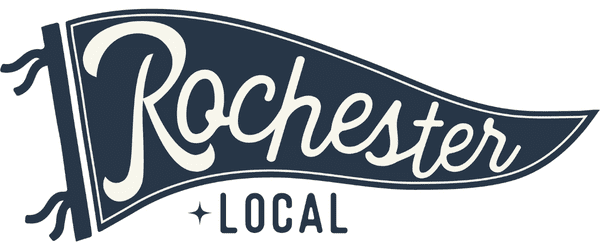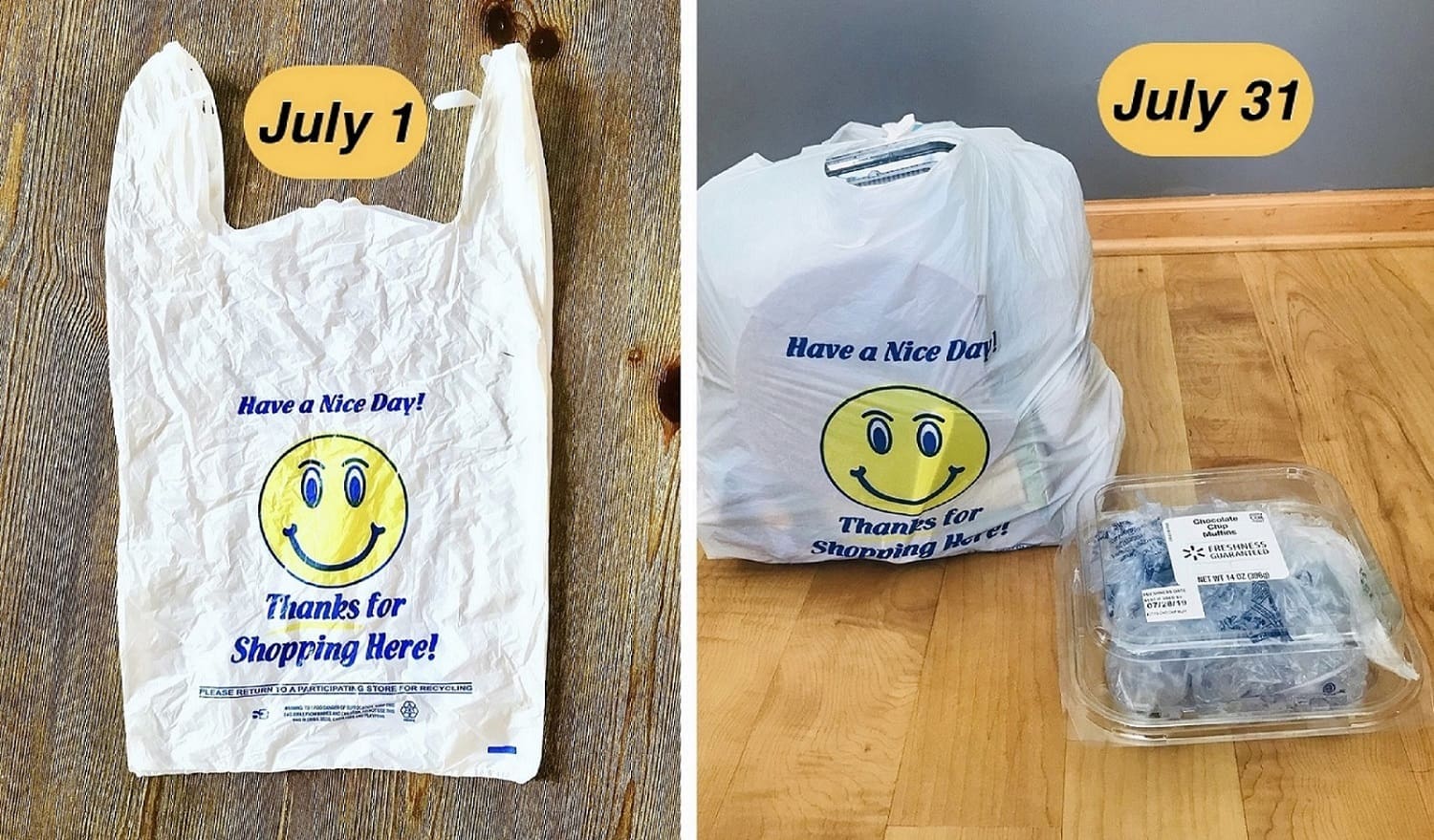 Just over a year ago, I started following the Zero Waste movement.
Just over a year ago, I started following the Zero Waste movement.
For those who are unaware, Zero Waste is a concept that focuses on minimizing the waste produced by society and thereby reducing the waste that gets sent into landfills, our oceans, and the atmosphere. It applies the oft-cited principles of ‘Reduce-Reuse-Recycle’ to attain its goals. Reduce unnecessary consumption, reuse what you have till the end of its useful life, and recycle the rest.
It was a fascinating concept to me, and I was amazed to learn about Zero Waste pioneers who famously lived their lives producing no trash at all. I knew in theory about the harmful effects of too much stuff (particularly of the plastic variety that never decomposes), but besides doing what most of us do in terms of recycling, I had never put much thought into the amount of trash I put out into the world, or its catastrophic effects.
I was intrigued by the idea of Zero Waste and wanted to incorporate elements of it in my own life. But it seemed like a monumental effort, especially in my current phase of life. With a toddler at home, I was probably putting out a greater amount of trash than ever before – thanks to diapers, wipes, diaper pail liners, and broken toys!
After over a year of trial and error, I have reached a stage where I am happy about my consumption and trash habits. While I am a long way from being Zero Waste, I have been successful in reducing my consumption and trash output significantly. I like to call my lifestyle ‘low waste’ living.
Along the way, I have been surprised by what I discovered during this experience. Below I share my most salient learnings:
It’s a gradual process: You can’t cold-turkey a low waste lifestyle – it’s something that you grow into over time. When you start, it’s tempting to think about purging your house of all plastic and replacing them with ecofriendly alternatives. Unfortunately, this is an exercise in futility. Firstly, the act of throwing out perfectly usable objects goes against the very core of low waste living, since you are now contributing a ton of waste all at one go. Secondly, if you throw out all of the things that are familiar to you and replace them with all new stuff, there is a good chance that you will get overwhelmed by all the changes and fall back into your old ways quickly. Hence, a better solution would be to replace things as they wear/run out, one at a time, and give yourself the time to get used to this new way of life.
Analyzing your waste can be a great learning experience: Last year, I decided to participate in ‘Plastic Free July’ – a worldwide movement in which people pledge to avoid or minimize their plastic use (particularly single-use plastics use) for the month of July. My pledge was particularly ambitious – I vowed to minimize my plastic use to such an extent that my entire month’s trash could fit inside one small plastic bag! It was a difficult undertaking. I hung a little plastic bag (see picture below) in my pantry, and every time I placed a piece of trash inside it, my heart hurt a little. But it was also a wonderful thing. It forced me to become very intentional with every purchase, every choice – and by doing this, I realized how possible it was to find alternatives to using plastic. Also, as a result of obsessively checking this trash bag every day, I ended up with a very clear idea of the type of stuff that makes it to my trash and how I may be able to reduce it even further. (Takeout containers were the biggest offenders in my case.) In the end, I narrowly missed meeting my goal (by one plastic box – see picture), but the understanding I gained from this exercise really helped me to fast-track my low waste journey.
You don’t need a ton of new stuff: One of the core tenets of low-waste living is to re-use what you have and minimize consumption. The only new products I bought to help with my low waste journey were a set of reusable produce bags (highly recommended!), which helped me avoid the plastic produce bags in the grocery store. I didn’t go out and buy a bunch of mason jars for food storage – I simply reused the many containers that I already had around the house (containers in which I originally bought pasta sauce, jam, pickles, and other items). An unexpected benefit of this exercise was that it made me more creative. It’s easy to go out and buy exactly what you want – after all, we live in a world of endless options. But when you decide to NOT buy and reuse what you have, it forces you to come up with solutions in a creative way, and I found that really stimulating.
It’s super difficult to dispose of unwanted items properly: I was shocked to learn that the vast majority of items we place in recycling bins cannot be recycled and eventually end up in a landfill. The vast majority of clothing donated to places like Goodwill and sold to consignment stores ends up being discarded, again contributing to our landfills. Even kitchen scraps, things that I thought were easily biodegradable, can cause harm to the atmosphere if not properly discarded. Understanding the immense cost of our consumer choices – both to society and the environment – gave me the much-needed impetus to keep going with my low-waste journey.
There’s no ONE way to live a low-waste lifestyle: Sometimes it seems like living a low-waste life is an impossible task in today’s world. The constant guilt-tripping and the often overzealous suggestions to help the environment that we see in media today don’t help matters either: Stop eating meat. Stop flying. Stop driving. Stop having kids. For someone who is at the very beginning of their low-waste journey, these suggestions can seem oppressive. And that’s why I would suggest that there are much smaller (and relatively painless) steps that everyone can take towards starting to live a greener, low-waste life. Cook one extra meal at home instead of getting takeout. Print less at the office. Buy unpackaged produce instead of the food that comes wrapped in plastic. Do what works for YOU. Above all, do not allow yourself to be guilted by others into adopting a lifestyle that is unsustainable for you. Below, is a graph of the steps I took to kickstart my low-waste journey – and you can see that I adopted lifestyle changes that made sense for me. I’m learning more and refining my approach all the time!
I have really enjoyed the last year of exploring how to lead a greener life that’s gentler on the environment. Do you practice a low-waste (or zero waste) lifestyle? What has helped you the most? What were your challenges? Let me know in the comments!
If you would like to learn more about the Zero Waste movement, I encourage you to check out some of the resources provided below. Happy reading!
Bea Johnson – one of the pioneers of Zero Waste living
Plastic Free July
Lauren Singer – Simple, easy tips for Zero Waste living
Lucy Biggers – Sustainability journalist







